Reviews of M.C. Escher's exhibition.Maurits Cornelis Escher was a Dutch graphic artist who made mathematically inspired woodcuts, lithographs, and mezzotints. Despite wide popular interest, Escher was for most of his life neglected in the art world, even in his native Netherlands. He was 70 before a retrospective exhibition was held. (By Wikipedia)
If you look at the picture below, you can often feel familiarity. The artist who painted this painting is M.C Escher. (It's lithograph)
He was a Dutch printmaker and drawing artist active in the early 20th century. Above all, he was best known as a surrealist artist who created original works that felt more real than real, using precise lines calculated thoroughly mathematically. In this mathematical and logical framework and dimension, he created works using the style of 'impossible architecture,' tessellation, and optical illusions.
And his works, such as prints using these mathematical and geometric patterns, were rejected by early critics but received attention and love from mathematicians and physicists. Although he had no mathematical training, his mathematical understanding was broad and intuitive. His work had a strong mathematical structure. Most of his work is reminiscent of the repeating pattern of tiles, which is called tessellation. Escher's work is particularly well known to mathematicians and scientists interested in polyhedra and geometric distortions.
Escher uses the method of changing the image from 2D to 3D, the method of changing the brightness contrast so that the foreground of the picture is perceived as the background or the background as the foreground depending on the viewer, using the 'Penrose triangle' or the 'Mobius strip'. Most of all, he tried to talk about human perception, illusion, and truth.
He was not known very much until the 1950s, but in 1956 he held his first solo exhibition and was introduced to Time magazine, where he gained international fame. His paintings particularly fascinated mathematicians because they visualized the principles of mathematics in a very original way.
Maybe that's why, at my husband's suggestion, who is a mathematician and an economist, we went to the MC Escher exhibition at the Simons Center for Geometry and Physics in Stony Brook University. Reservations are required, and admission is free.
Below are some of his prints that impressed me.
In particular, the game-like scenes of the Korean drama Squid Game, which was very popular through Neflix this year, were inspired by Escher's work.
In this way, masters give great energy and inspiration to future generations.
In my case, his portraits were a shocking inspiration.
By putting a medium called a mirror sphere on two-dimensional paper, he intended to make the plane three-dimensional and to look into himself through another dimension. This spirit of experimentation will help me a lot in my creation. It was a good opportunity to see his attitude and aspirations, which he always wanted to move forward, breaking the limits of himself and his artistic tools.
0 Comments
Leave a Reply. |
Myungja Anna KohArtist Categories
All
Archives
July 2024
|
Proudly powered by Weebly

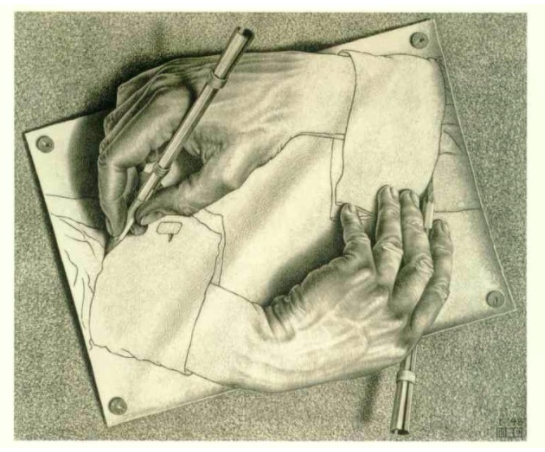
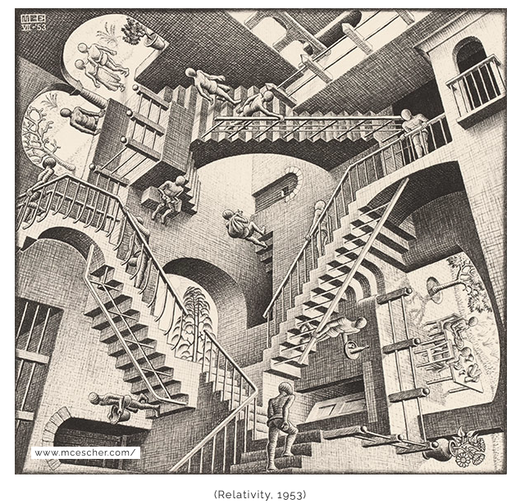
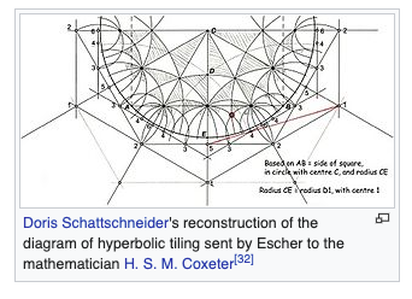
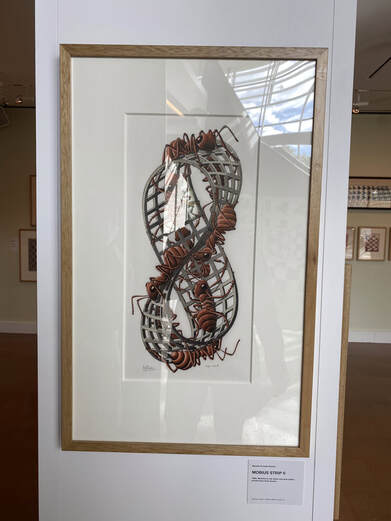
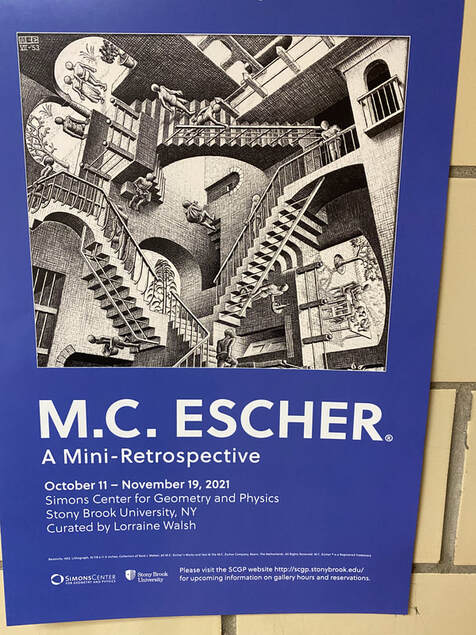
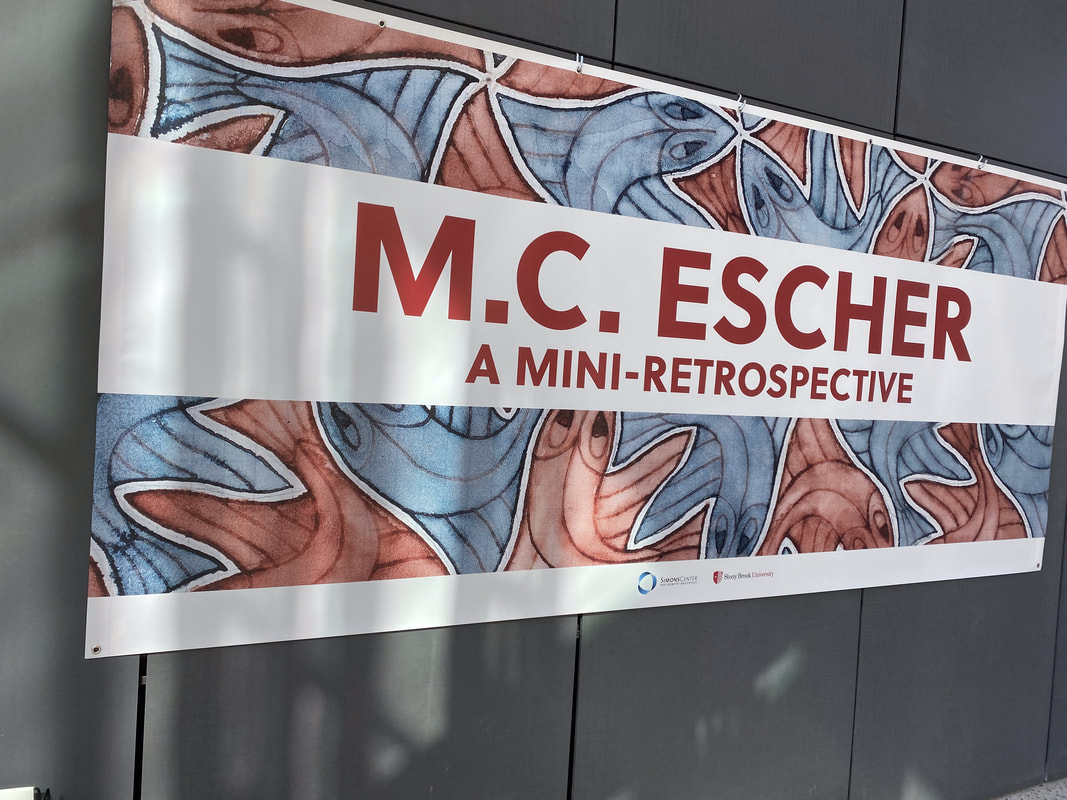
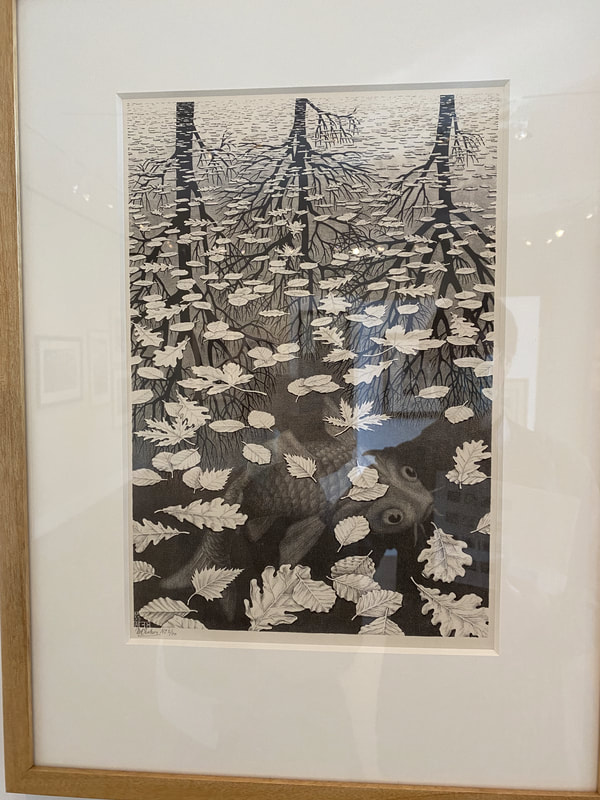
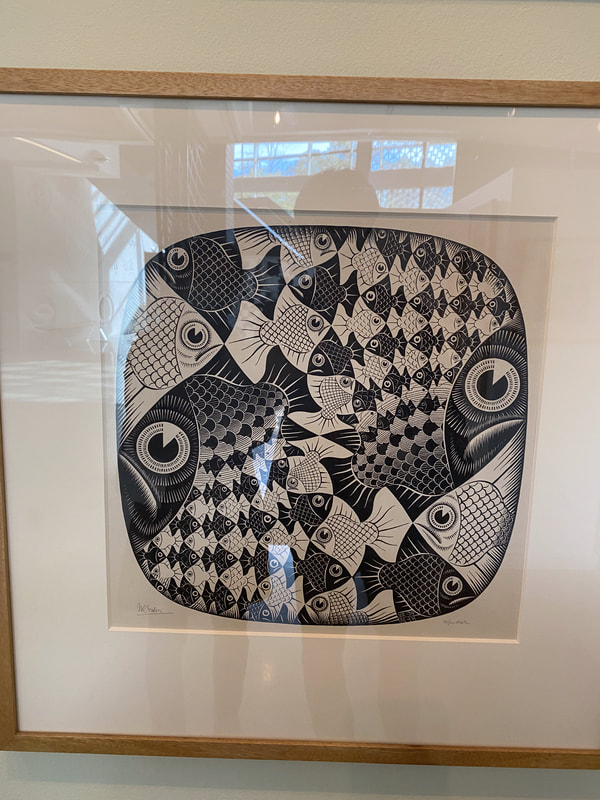
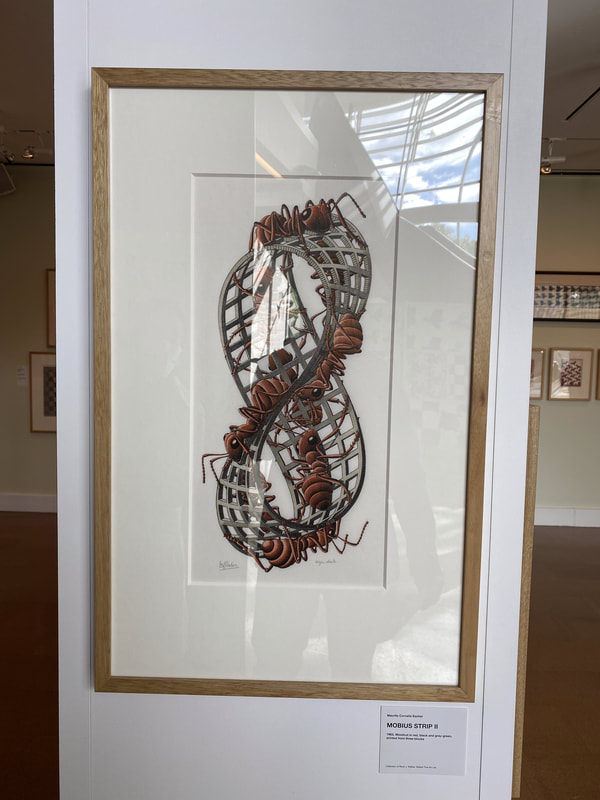
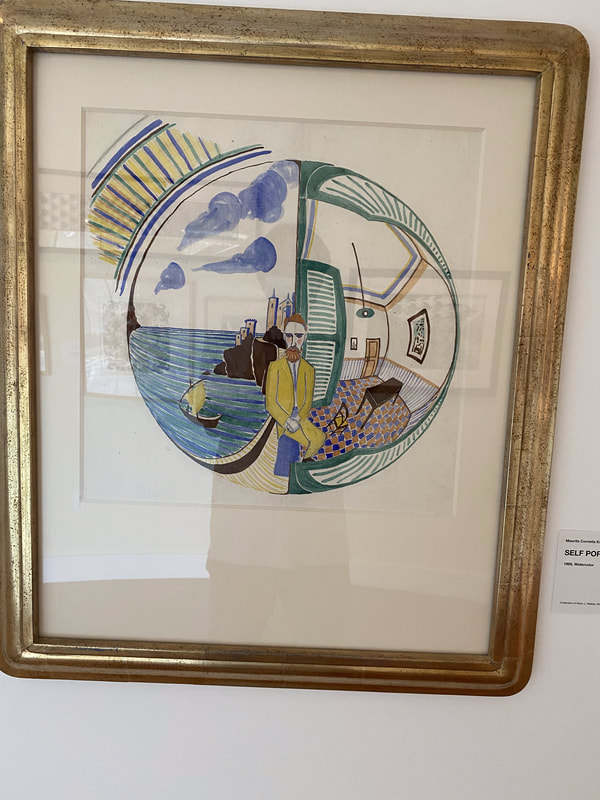
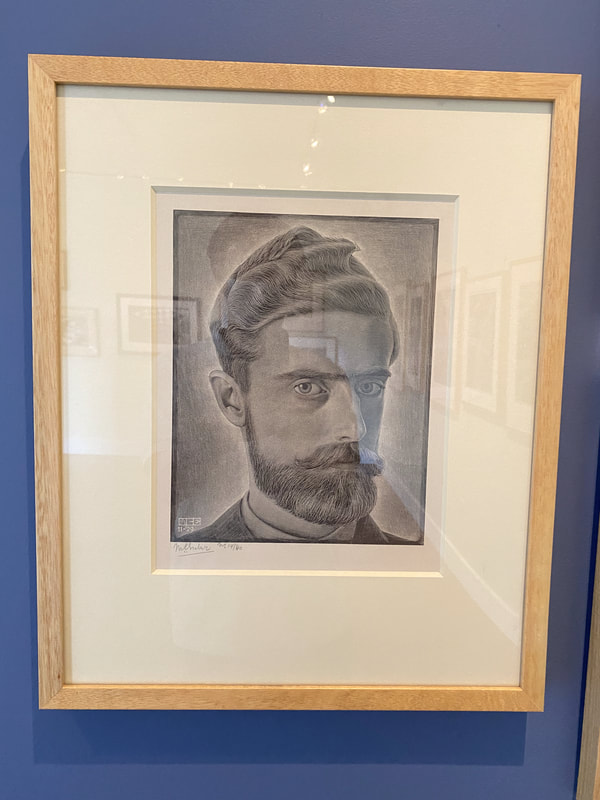
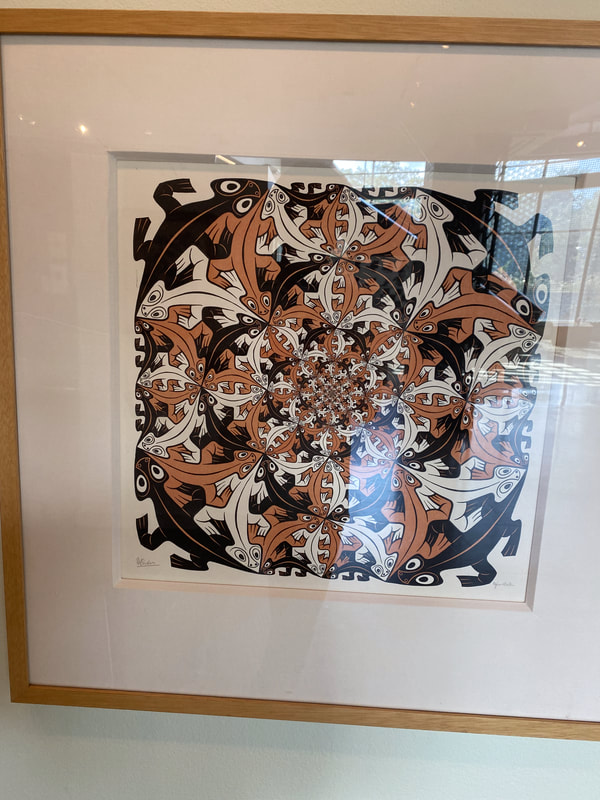
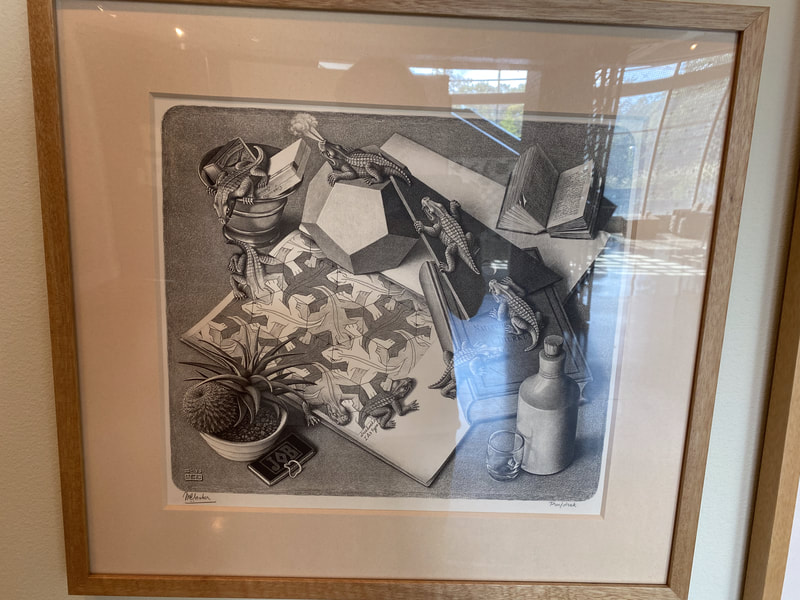
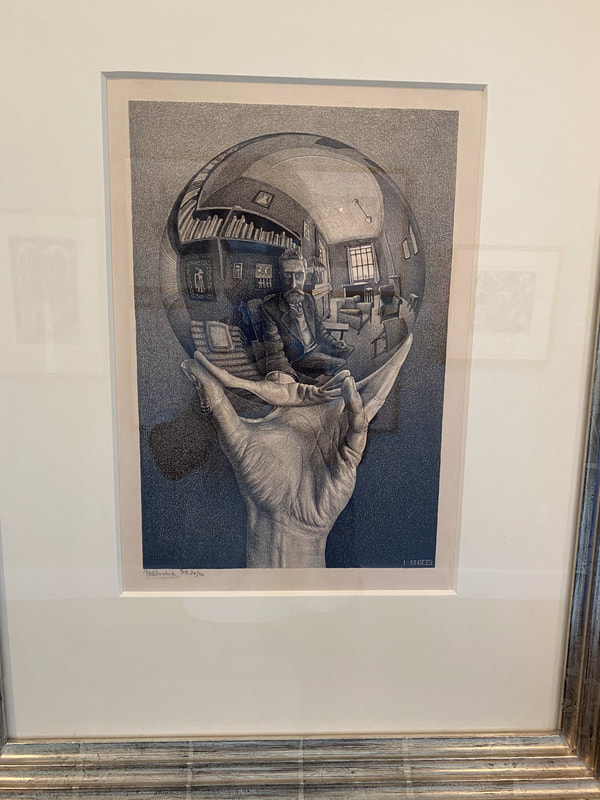
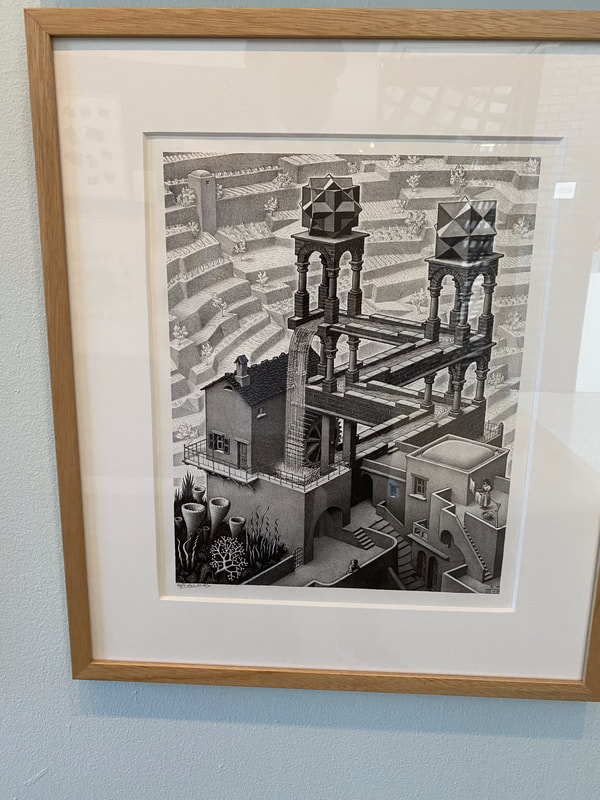
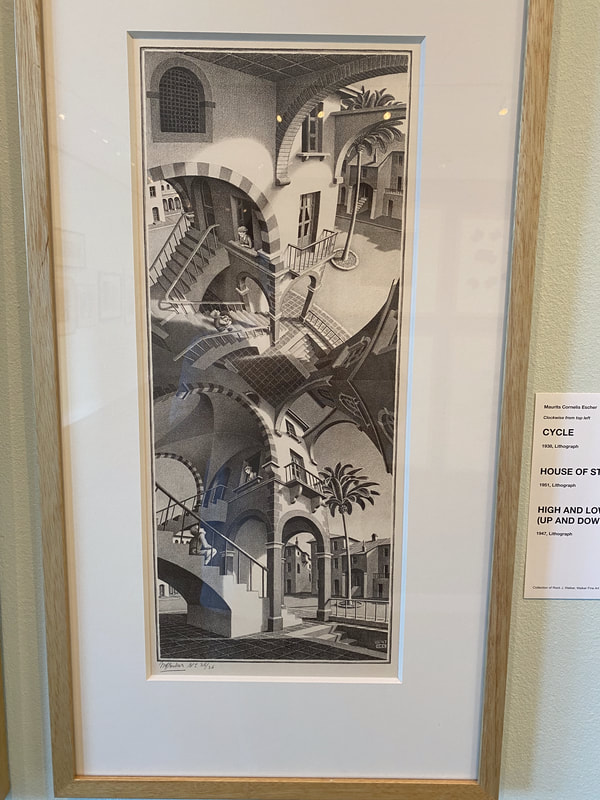
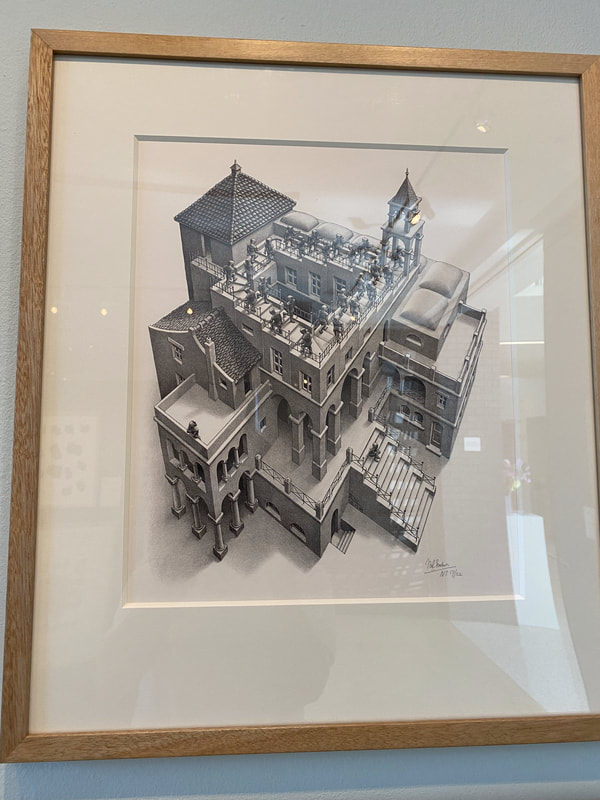
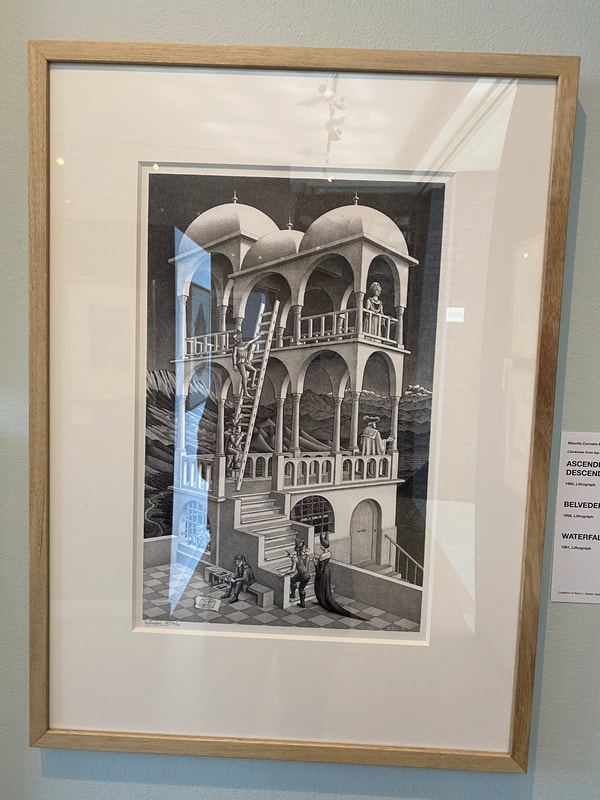
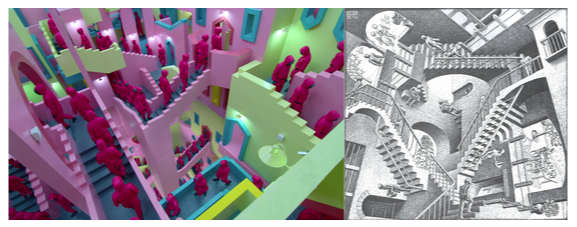
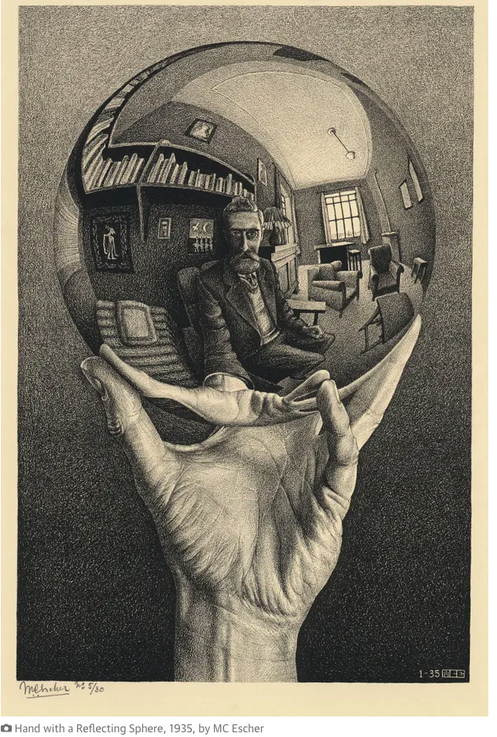
 RSS Feed
RSS Feed